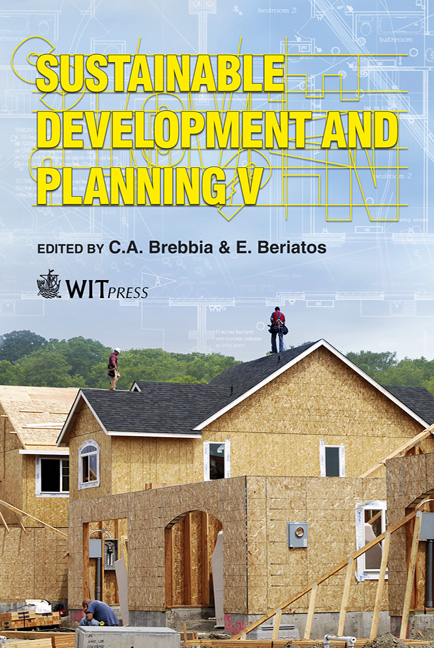The Use Of Donkeys For Transport: The Case Of Khartoum State, Sudan
Price
Free (open access)
Transaction
Volume
150
Pages
10
Page Range
651 - 660
Published
2011
Size
3,127 kb
Paper DOI
10.2495/SDP110541
Copyright
WIT Press
Author(s)
T.- E. Angara, A. Ibrahim & A. Ismail
Abstract
Although the use of donkeys is considered as backwardness, yet in Khartoum the use of donkey as a means of transport is not uncommon. This paper highlights the importance of donkeys as a means of transport in relation to uneven development in Khartoum. Questionnaire administered interviews and unstructured questionnaires were used in data collection. Researchers’ observations were also considered. The study revealed that working donkeys are either pulling carts (91.1%), or utilized as pack animals (8.9%). At the center of the city transport of building and domestic materials is most dominant purpose; as we move to peripheries water and public transports emerge as additional purposes. Most donkey owners (35.9%) originate from Khartoum State and 35.3% originate from western Sudan. They are categorized as low income generators with average daily income of (SDG 20.00±15.00) per day. Most of them (89.3%) either attended primary education or are illiterate. The paper concluded that the more development the less demand for donkeys in transport. But the situation after the southern Sudan referendum seems to depend more on agriculture and donkeys. The current increment in the transport fees, high prices of fuel and banning the import of second hand vehicles will increase the demand for donkey carts, especially for poor dwellers. Thus, the socio economic factors have their role in determining the means of transport used in urban sites. Keywords: donkey, donkey carts, transport, ocio economic, income generation, Khartoum, Sudan.
Keywords
donkey, donkey carts, transport, ocio economic, income generation, Khartoum, Sudan.





